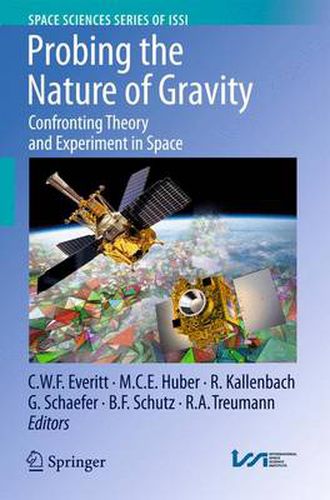Readings Newsletter
Become a Readings Member to make your shopping experience even easier.
Sign in or sign up for free!
You’re not far away from qualifying for FREE standard shipping within Australia
You’ve qualified for FREE standard shipping within Australia
The cart is loading…






This title is printed to order. This book may have been self-published. If so, we cannot guarantee the quality of the content. In the main most books will have gone through the editing process however some may not. We therefore suggest that you be aware of this before ordering this book. If in doubt check either the author or publisher’s details as we are unable to accept any returns unless they are faulty. Please contact us if you have any questions.
Observing our Universe and its evolution with ever increasing sensitivity from ground-based or space-borne telescopes is posing great challenges to Fundamental Physics and Astronomy. The remnant cosmic microwave background, as beautifully measured by successive space missions COBE, WMAP, and now PLANCK, provides a unique probe of the very early stages of our Universe. The red-shift of atomic lines in distant galaxies, the dynamics of pulsars, the large scale structure of galaxies, and black holes are a few manifestations of the theory of General Relativity. Yet, today, we understand only 4% of the mass of our Universe, the rest being called dark energy and dark matter, both of unknown origin! A second family of space missions is currently emerging; rather than designing ever more re nedobservationalinstruments,physicistsandengineersseekalsotousethespaceenvironment to perform high-precision tests of the fundamental laws of physics. The technology required for such tests has become available only over the course of the last decades. Clocks of high accuracy are an example. They are based on advances in atomic and laser physics, such as cold atoms, enabling a new generation of highly sensitive quantum sensors for ground and space experiments. Two experiments in space have now tested Einstein’s relativity theory: * Several decades ago, Gravity Probe A con rmed the accuracy of the gravitational red-shift ?5 according to general relativity to a level of 7x 10 [R. F. C. Vessot et al. , Test of Relativistic Gravitation with a Space-Borne Hydrogen Maser, Phys. Rev. Lett. 45, 2081-2084 (1980)].
$9.00 standard shipping within Australia
FREE standard shipping within Australia for orders over $100.00
Express & International shipping calculated at checkout
This title is printed to order. This book may have been self-published. If so, we cannot guarantee the quality of the content. In the main most books will have gone through the editing process however some may not. We therefore suggest that you be aware of this before ordering this book. If in doubt check either the author or publisher’s details as we are unable to accept any returns unless they are faulty. Please contact us if you have any questions.
Observing our Universe and its evolution with ever increasing sensitivity from ground-based or space-borne telescopes is posing great challenges to Fundamental Physics and Astronomy. The remnant cosmic microwave background, as beautifully measured by successive space missions COBE, WMAP, and now PLANCK, provides a unique probe of the very early stages of our Universe. The red-shift of atomic lines in distant galaxies, the dynamics of pulsars, the large scale structure of galaxies, and black holes are a few manifestations of the theory of General Relativity. Yet, today, we understand only 4% of the mass of our Universe, the rest being called dark energy and dark matter, both of unknown origin! A second family of space missions is currently emerging; rather than designing ever more re nedobservationalinstruments,physicistsandengineersseekalsotousethespaceenvironment to perform high-precision tests of the fundamental laws of physics. The technology required for such tests has become available only over the course of the last decades. Clocks of high accuracy are an example. They are based on advances in atomic and laser physics, such as cold atoms, enabling a new generation of highly sensitive quantum sensors for ground and space experiments. Two experiments in space have now tested Einstein’s relativity theory: * Several decades ago, Gravity Probe A con rmed the accuracy of the gravitational red-shift ?5 according to general relativity to a level of 7x 10 [R. F. C. Vessot et al. , Test of Relativistic Gravitation with a Space-Borne Hydrogen Maser, Phys. Rev. Lett. 45, 2081-2084 (1980)].